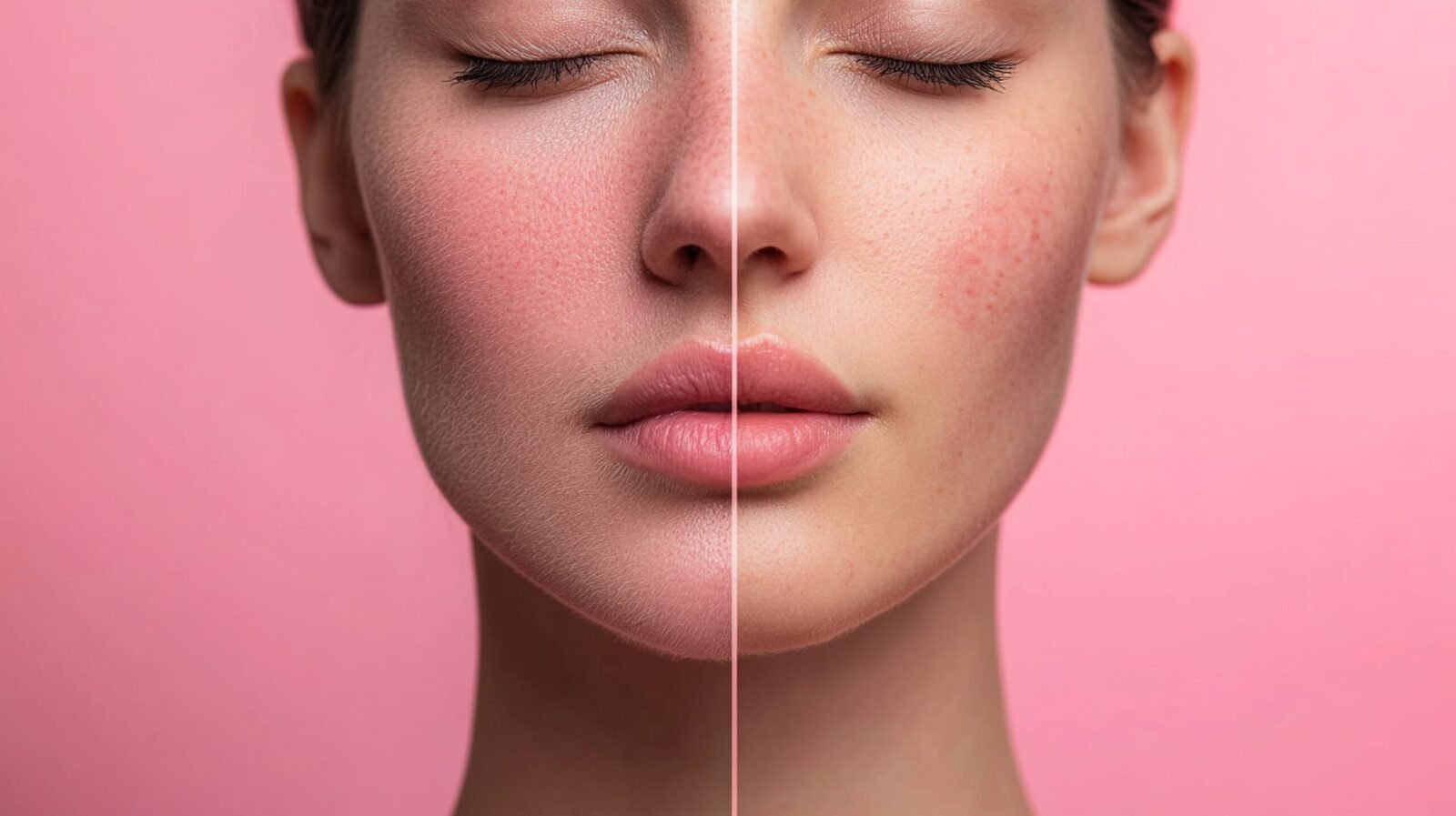Dihydroxyacetone (DHA) is one of the most widely used self-tanning actives, valued for its rapid color development. Despite its popularity, formulators often encounter two persistent challenges: undesirable odor generation during product development and formula instability, which can lead to color drift and degradation.
In this article, we’ll explore advanced strategies—supported by scientific research, patents, and case studies—for odor mitigation, pH control, chelation, antioxidant systems, and packaging best practices.
Use this as a companion to our main DHA overview:
Dihydroxyacetone (DHA) Guide – Safety, Regulation & Formulation
Why DHA Produces Odor
The tanning effect of DHA is driven by the Maillard reaction, where DHA interacts with amino acids and proteins on the skin to form melanoidin pigments. While this reaction produces the desired tanning color, it also generates volatile byproducts such as formaldehyde and acetaldehyde, which cause the characteristic odor of self-tanning products (ACS Omega, 2022).
Moreover, odor intensity increases under less favorable conditions. For instance, elevated pH values above 6.0 accelerate DHA degradation, which enhances the release of aldehydes (ScienceDirect, 2022).
Key Formulation Strategies for Odor Control
To counteract these issues, researchers and formulators have identified several effective strategies:
- Chelating agents such as EDTA and DTPA reduce metal-catalyzed oxidation, thereby lowering odor formation (EP0884045A1 Patent).
- Antioxidants like tocopherols and ascorbic acid derivatives protect against free radical formation (NursingCEConnection, 2018).
- Buffer systems that maintain pH between 4.5–5.5 help minimize instability and off-odor (Cosmetics & Toiletries, 2018).
- Fragrance masking and absorbers, including cyclodextrins or vanillin derivatives, neutralize aldehydes and reduce unpleasant smells (ResearchGate study).
- Co-actives such as citric acid and amino acid derivatives further capture reactive carbonyls, mitigating malodor (PMC review).
Stability & Shelf Life Improvement
Since DHA is highly sensitive to environmental stressors, proper stabilization is essential.
- Temperature control is critical; accelerated aging studies confirm DHA degradation under high heat (US Patent 5514437A).
- Light and UV protection through opaque or amber packaging, and the use of UV absorbers, slows photodegradation (SCCS Opinion, 2020).
- Advanced packaging technologies, such as multilayer foils, PET amber bottles, and nitrogen flushing, limit oxygen exposure (EP0884045A1 Patent).
- Preservative systems must be carefully selected to remain compatible with acidic DHA solutions (Cosmetics & Toiletries, 2018).
Case Study: Formula Comparison
A controlled stability test compared two DHA formulations:
- Formula A: contained both a chelator and antioxidant system.
- Formula B: lacked stabilizers.
As a result, Formula A showed minimal odor and color drift after 12 weeks at 40 °C, while Formula B displayed strong odor and visible darkening. These findings align with published stabilization approaches (US5514437A Patent).
Best Practices for Scaling Production
When moving from lab to pilot or production scale, several considerations arise:
- Batch size effects: larger volumes with greater surface area and headspace increase oxidation risk (EP0884045A1 Patent).
- Monitoring residual intermediates with HPLC provides data on early degradation pathways (PMC Review).
- QC checkpoints, including odor panels and accelerated stability, help ensure batch robustness (Cosmetics & Toiletries).
- Storage guidelines recommend cool, dark, low-humidity conditions to extend shelf life (SCCS Opinion, 2020).
Conclusion & CTA
In summary, successful DHA formulation requires:
- A chelating + antioxidant system
- Careful pH control between 4.5–5.5
- Protective packaging solutions to minimize oxidation
For a full overview of DHA—including safety, regulation, and formulation fundamentals—see our Dihydroxyacetone (DHA) Guide.
To source high-quality DHA, visit Buy Bulk DHA.
For insights into synergy with erythrulose, explore DHA vs Erythrulose.
SEO / On-Page Suggestions
- Target long-tail keywords: “DHA odor control in self tan”, “DHA stability in formula”, “how to mask DHA odor”
- Add an H2 titled DHA Odor Control Strategies
- Use FAQ schema:
Q: Why does DHA smell?
A: Because DHA in presence of amino compounds and metal ions produces volatile carbonyls (e.g. aldehydes) through Maillard reactions, especially under elevated pH or temperature (ACS Omega 2022).







